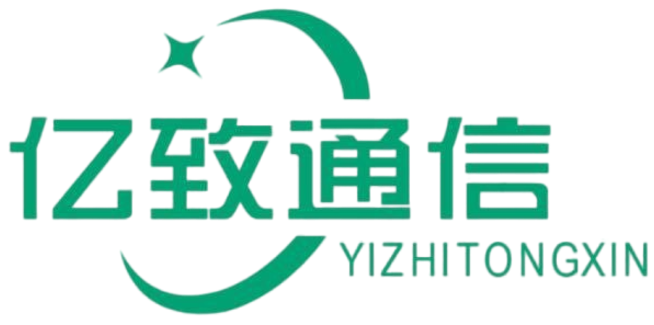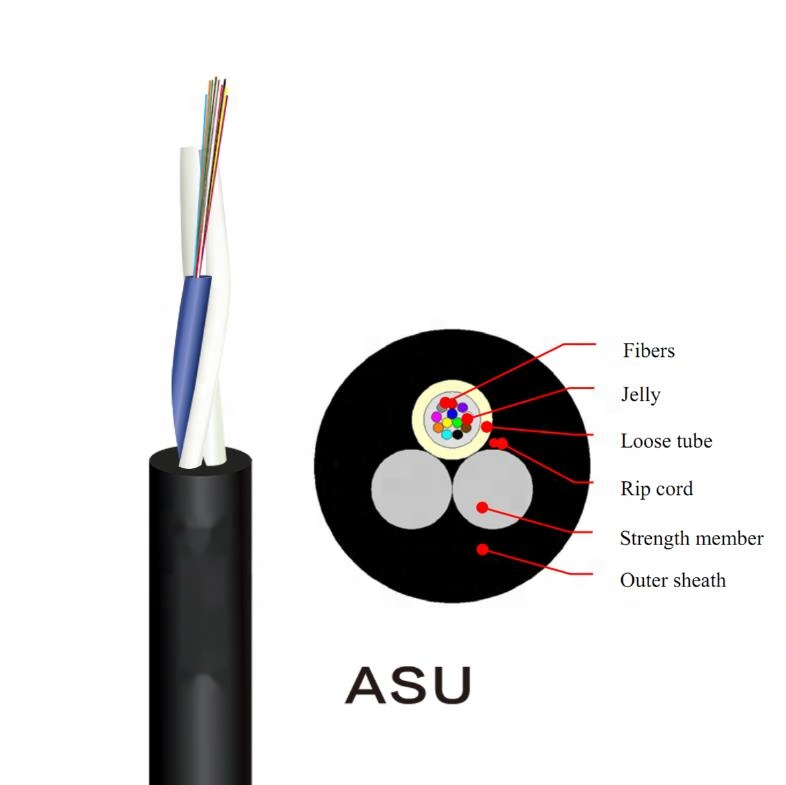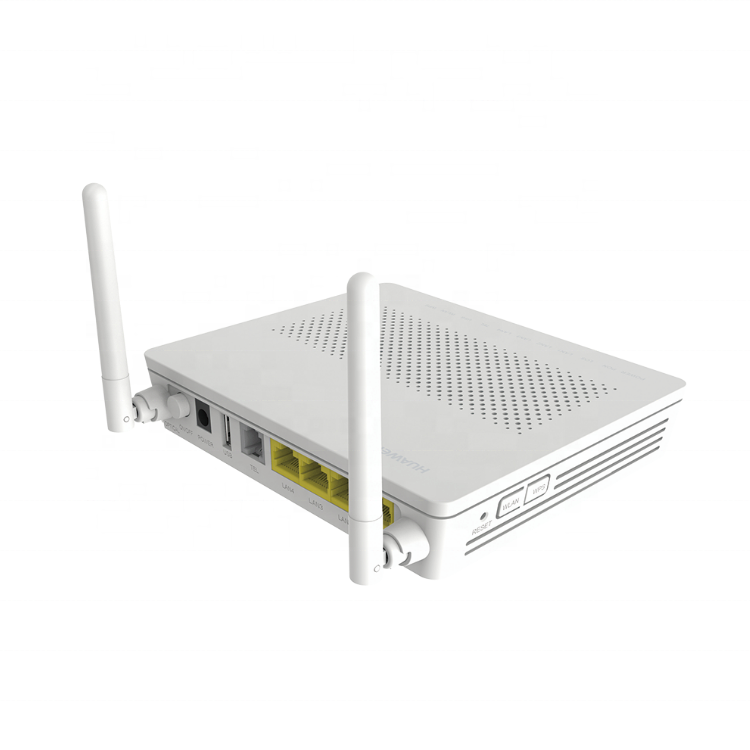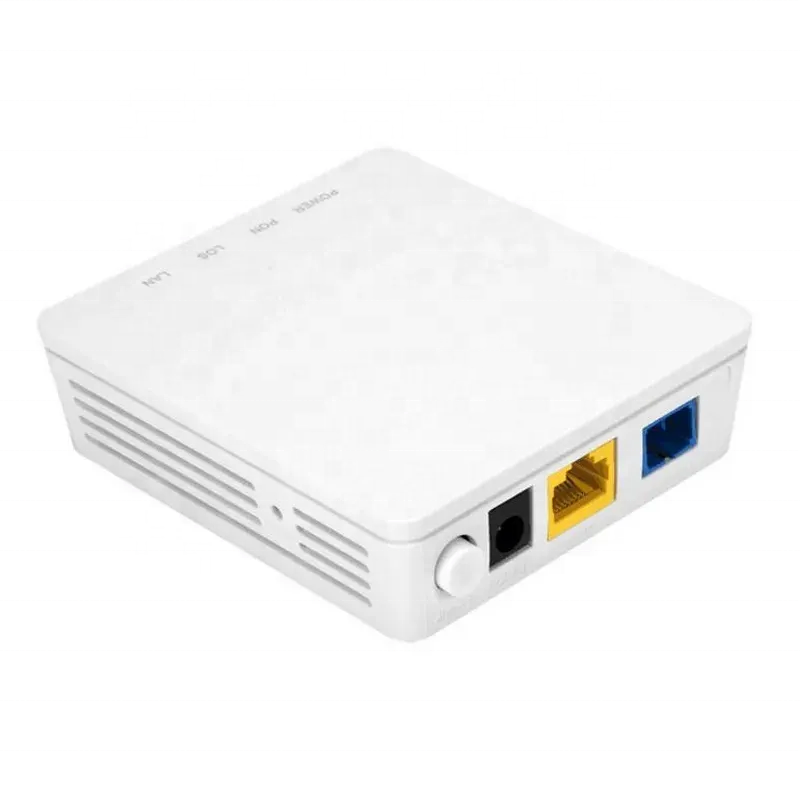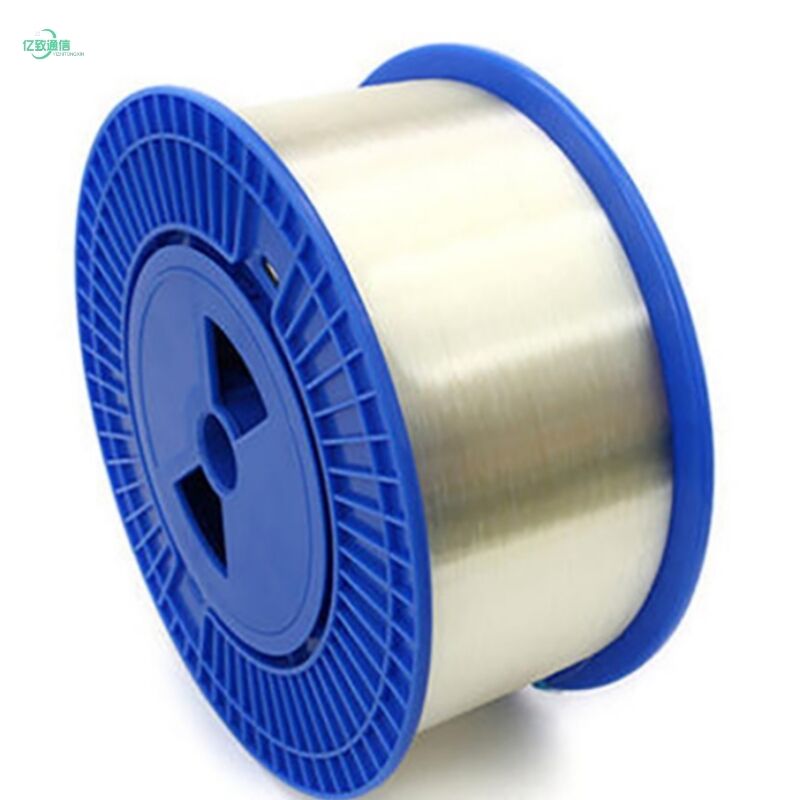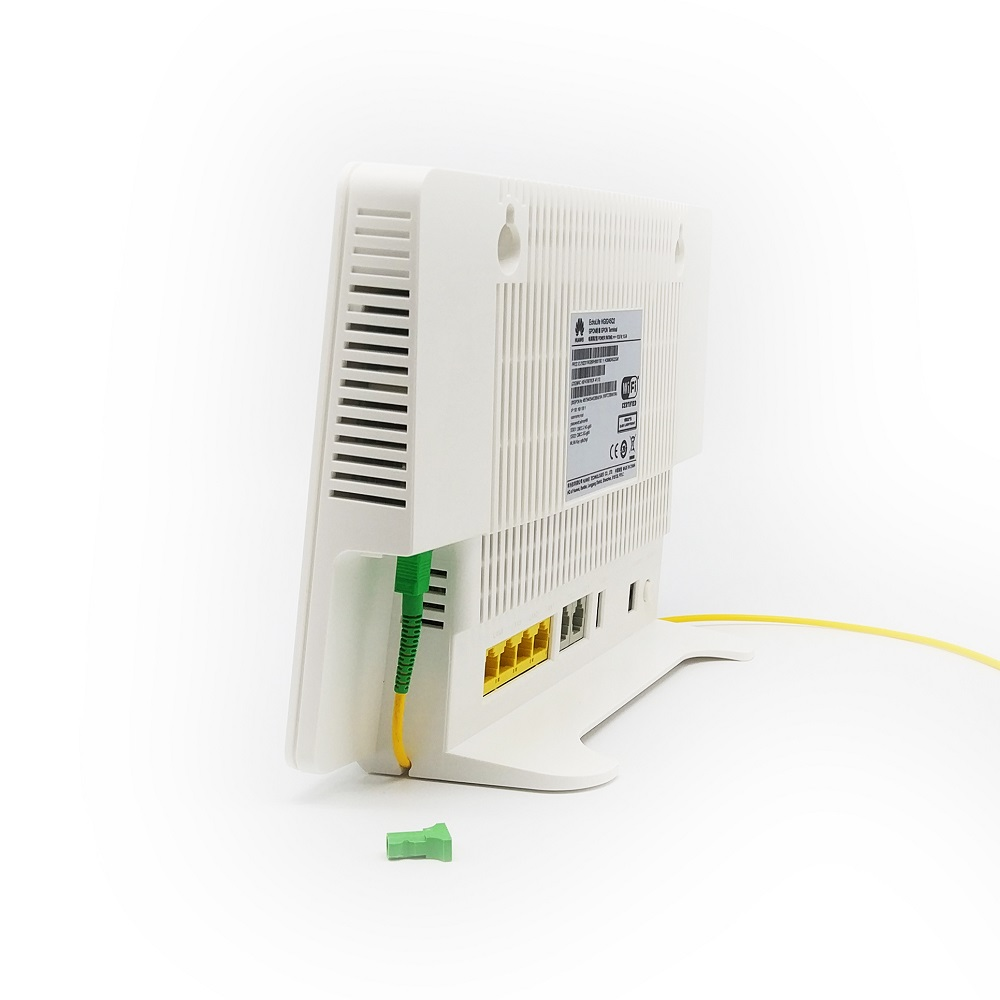fiber optic multimode
Fiber optic multimode technology represents a revolutionary advancement in data transmission systems, offering high-speed communication solutions for various applications. This type of optical fiber features a large core diameter, typically 50 or 62.5 micrometers, allowing multiple light modes to travel through the fiber simultaneously. The design enables light to bounce off the core-cladding boundary at different angles, creating multiple pathways for light transmission. This characteristic makes multimode fiber particularly suitable for shorter-distance communications, typically up to 550 meters, though some advanced versions can reach up to 2 kilometers. The fiber's construction consists of a glass core surrounded by a glass cladding with a lower refractive index, ensuring that light remains within the core through total internal reflection. Modern multimode fibers are optimized for laser-based transmission systems and are categorized into different grades (OM1 through OM5) based on their bandwidth capabilities. These fibers support bandwidth ranges from 200 MHz×km to over 4700 MHz×km, making them ideal for enterprise networks, data centers, and local area network (LAN) applications where high data throughput is essential.
